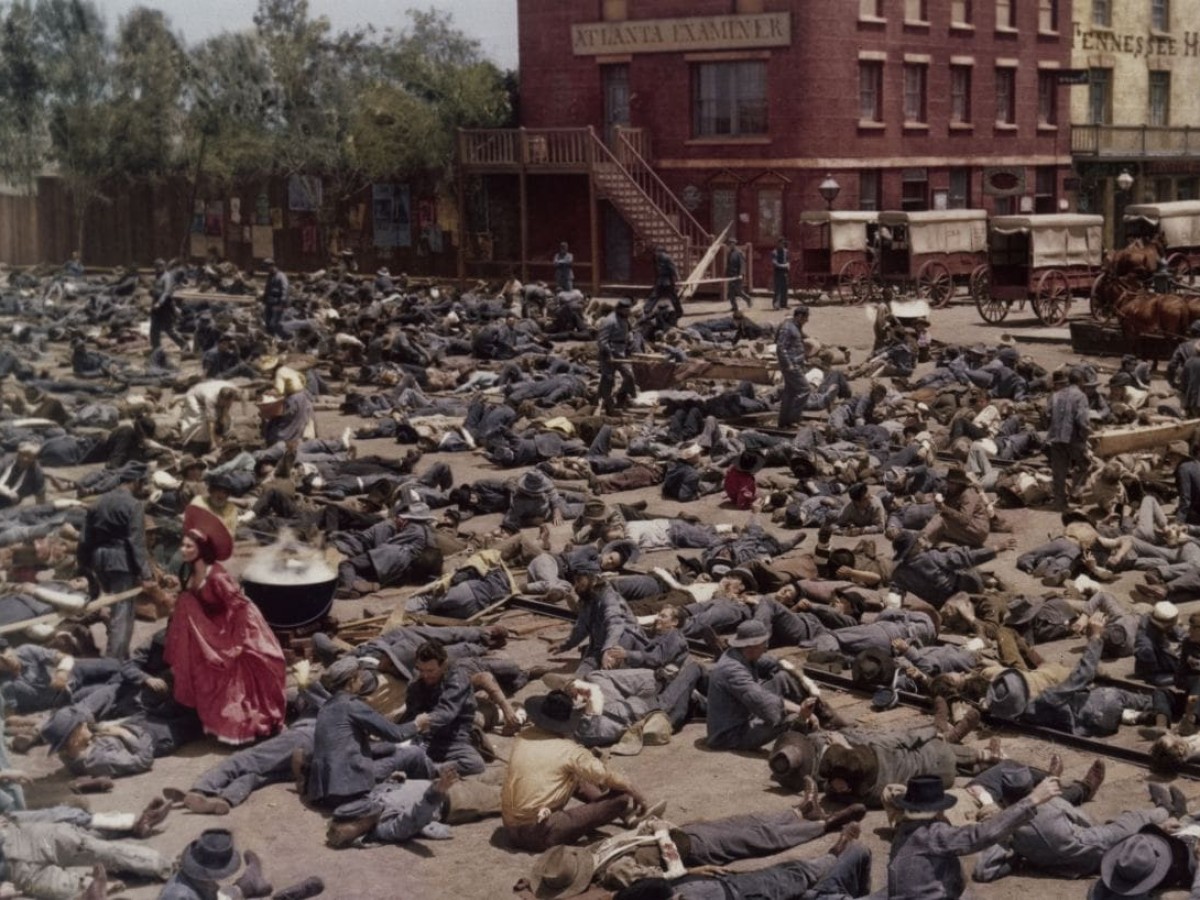Liberated Screen
Allied Film Politics, 1945–55
April 10 to 23, 2025
From mid-April to early September, the Wien Museum's exhibition Controlled Freedom: The Allied Forces in Vienna sheds light on the formative influence of the cultural program prescribed and shaped by the Allied powers to create a democratic Austrian identity. Film plays no small part here: Shortly after Vienna's liberation in April 1945, cinemas re-opened with Soviet permission. The program initially consisted primarily of films in Russian, but starting in autumn 1945, films from all the occupying countries were shown.
Looking back, our sense of the film programs from these first years after the "Zero Hour" is dominated by re-education and government advisory films about fascism, the Holocaust, and the Nazi terror. However, Austrian audiences loved fairy tales and adventure and Heimat films which offered a colorful distraction from post-war daily life. American films soon led the market, and blockbusters like Gone with the Wind (1939) as well as the Disney productions Bambi (1942) and Snow White (1937) found a new market years after their US premieres.
In collaboration with the Wien Museum and the exhibition's curators, we have put together a small series that provides three perspectives on this special form of cultural diplomacy between "nation building" and export economy – the "Sovexport," Hollywood, and the evolving new European cinema – with examples and, in part, rare 35mm film prints. (Michael Loebenstein / Translation: Ted Fendt)
In collaboration with Wien Museum. The exhibition "Controlled Freedom: The Allied Forces in Vienna" is on view at the Wien Museum from April 10, 2025.
From mid-April to early September, the Wien Museum's exhibition Controlled Freedom: The Allied Forces in Vienna sheds light on the formative influence of the cultural program prescribed and shaped by the Allied powers to create a democratic Austrian identity. Film plays no small part here: Shortly after Vienna's liberation in April 1945, cinemas re-opened with Soviet permission. The program initially consisted primarily of films in Russian, but starting in autumn 1945, films from all the occupying countries were shown.
Looking back, our sense of the film programs from these first years after the "Zero Hour" is dominated by re-education and government advisory films about fascism, the Holocaust, and the Nazi terror. However, Austrian audiences loved fairy tales and adventure and Heimat films which offered a colorful distraction from post-war daily life. American films soon led the market, and blockbusters like Gone with the Wind (1939) as well as the Disney productions Bambi (1942) and Snow White (1937) found a new market years after their US premieres.
In collaboration with the Wien Museum and the exhibition's curators, we have put together a small series that provides three perspectives on this special form of cultural diplomacy between "nation building" and export economy – the "Sovexport," Hollywood, and the evolving new European cinema – with examples and, in part, rare 35mm film prints. (Michael Loebenstein / Translation: Ted Fendt)
In collaboration with Wien Museum. The exhibition "Controlled Freedom: The Allied Forces in Vienna" is on view at the Wien Museum from April 10, 2025.
The opening will take place in the presence of Matti Bunzl (Wien Museum).
Related materials
Photos 2025 - Befreite Leinwand
